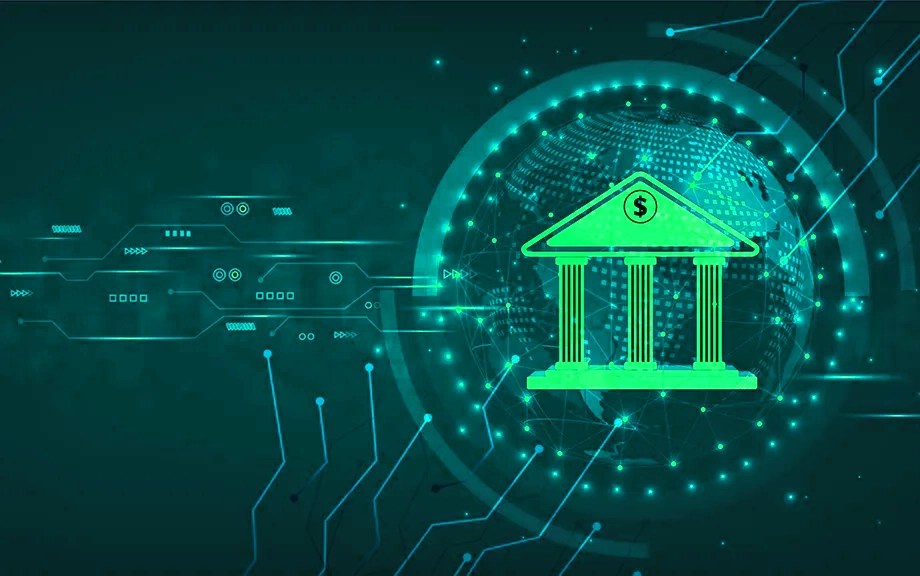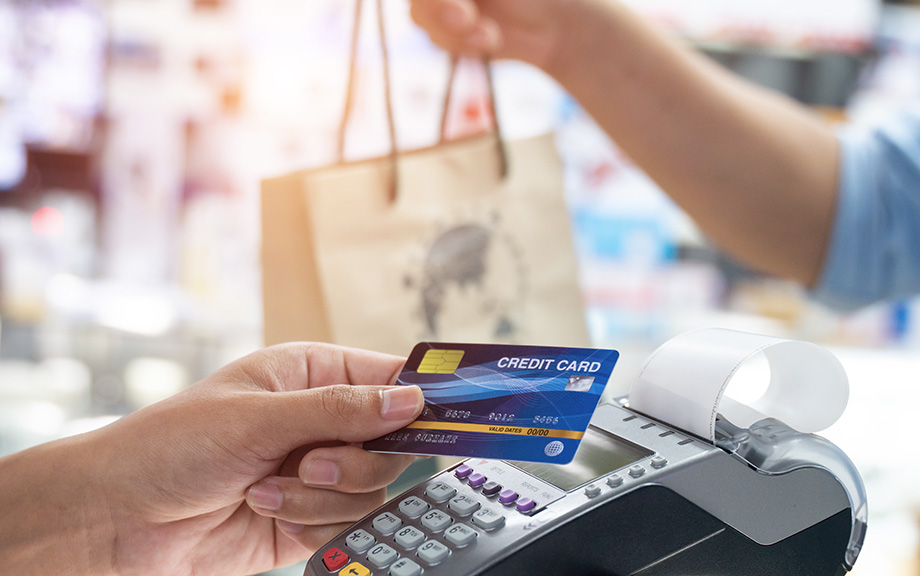Who Is Still on First? An Update of Characteristics of First‑Time Homebuyers

Following the COVID-19 health crisis, home prices and mortgage rates rose sharply. This created concerns that first-time homebuyers (FTBs) would be disadvantaged and would lose ground. Earlier this year, we documented that the share of purchase mortgages by FTBs, as well as their share of home purchases, have actually increased slightly over the past couple of years. It appears that FTBs are holding their own in this challenging housing market. This raises the question of whether the characteristics of FTBs have changed. In a 2019 post, we described the characteristics of these buyers over the period from 2000 to 2016. In this post, we provide an update through 2024.
A Check‑In on the Mortgage Market

Debt balances continued to march upward in the second quarter of 2025, according to the latest Quarterly Report on Household Debt and Credit from the New York Fed’s Center for Microeconomic Data. Mortgage balances in particular saw an increase of $131 billion. Following a steep rise in home prices since 2019, several housing markets have seen dips in prices and concerns were sparked about the state of the mortgage market. Here, we disaggregate mortgage balances and delinquency rates by type and region to better understand the landscape of the current mortgage market, where any ongoing risks may lie, regionally and by product.
Who Lends to Households and Firms?

The financial sector in the U.S. economy is deeply interconnected. In our previous post, we showed that incorporating information about this network of financial claims leads to a substantial reassessment of which financial sectors are ultimately financing the lending to the real sector as a whole (households plus nonfinancial firms). In this post, we delve deeper into the differences between the composition of lending to households and nonfinancial firms in terms of direct lending as well as the patterns of “adjusted lending” that we compute by accounting for the network of claims financial subsectors have on each other.
Who’s Paying Those Overdraft Fees?

One criticism of overdraft credit is that the fees seem borne disproportionately by low-income, Black, and Hispanic households. To investigate this concern, we surveyed around 1,000 households about their overdraft activity. Like critics, we find that these groups do tend to overdraft more often. However, when we control for respondents’ credit scores along with their socioeconomic characteristics, we discover that only their credit score predicts overdraft activity. While it’s not altogether surprising that credit constrained households overdrew more often, it’s noteworthy that socioeconomic characteristics did not help in predicting overdrafts. This more textured picture of overdraft activity helps inform the ongoing debate about overdraft credit and its users.
Recent Shifts Seen in Consumers’ Public Policy Expectations

In this post we examine changes in households’ beliefs following the release of the December 2024 SCE Public Policy Survey, finding large shifts in consumer expectations about future changes in fiscal policy. Households assign higher likelihoods to a variety of tax cuts and to reductions in a range of transfer programs, while they assign lower likelihoods to tax hikes and expansions in entitlement programs. We do not find these sharp changes translate into meaningful shifts in median households’ near-term expectations about the evolution of the overall economy, nor do they appear to have significantly affected median near-term expectations about the household’s own income and spending growth.
Why Are Credit Card Rates So High?

Credit cards play a crucial role in U.S. consumer finance, with 74 percent of adults having at least one. They serve as the main method of payment for most individuals, accounting for 70 percent of retail spending. They are also the primary source of unsecured borrowing, with 60 percent of accounts carrying a balance from one month to the next. Surprisingly, credit card interest rates are very high, averaging 23 percent annually in 2023. Indeed, their rates are far higher than the rates on any other major type of loan or bond. Why are credit card rates so high? In our recent research paper, we address this question using granular account-level data on 330 million monthly credit card accounts.
Credit Score Impacts from Past Due Student Loan Payments

In our companion post, we highlighted how the pandemic and subsequent policy actions disrupted trends in the growth of student loan balances, the pace of repayment, and the classification of delinquent loans. In this post, we discuss how these changes affected the credit scores of student loan borrowers and how the return of negative reporting of past due balances will impact the credit standing of student loan borrowers. We estimate that more than nine million student loan borrowers will face significant drops in credit score once delinquencies appear on credit reports in the first half of 2025.
Student Loan Balance and Repayment Trends Since the Pandemic Disruption

This month marks five years since the start of the COVID-19 pandemic, after which subsequent policy responses upended most trends underlying student loans in the U.S. Beginning in March 2020, executive and legislative actions suspended student loan payments and the accumulation of interest for loans owned by the federal government. In addition, federal actions marked all past due and defaulted federal student loans as current, driving the delinquency rate on student loans below 1 percent by November 2022. Payments on federal student loans resumed in October 2023 after forty-three months of suspension. This post is the first of two highlighting trends in balances, repayment, and delinquency for student loans since the beginning of the COVID-19 pandemic and how trends may shift without pandemic supports.












 RSS Feed
RSS Feed Follow Liberty Street Economics
Follow Liberty Street Economics